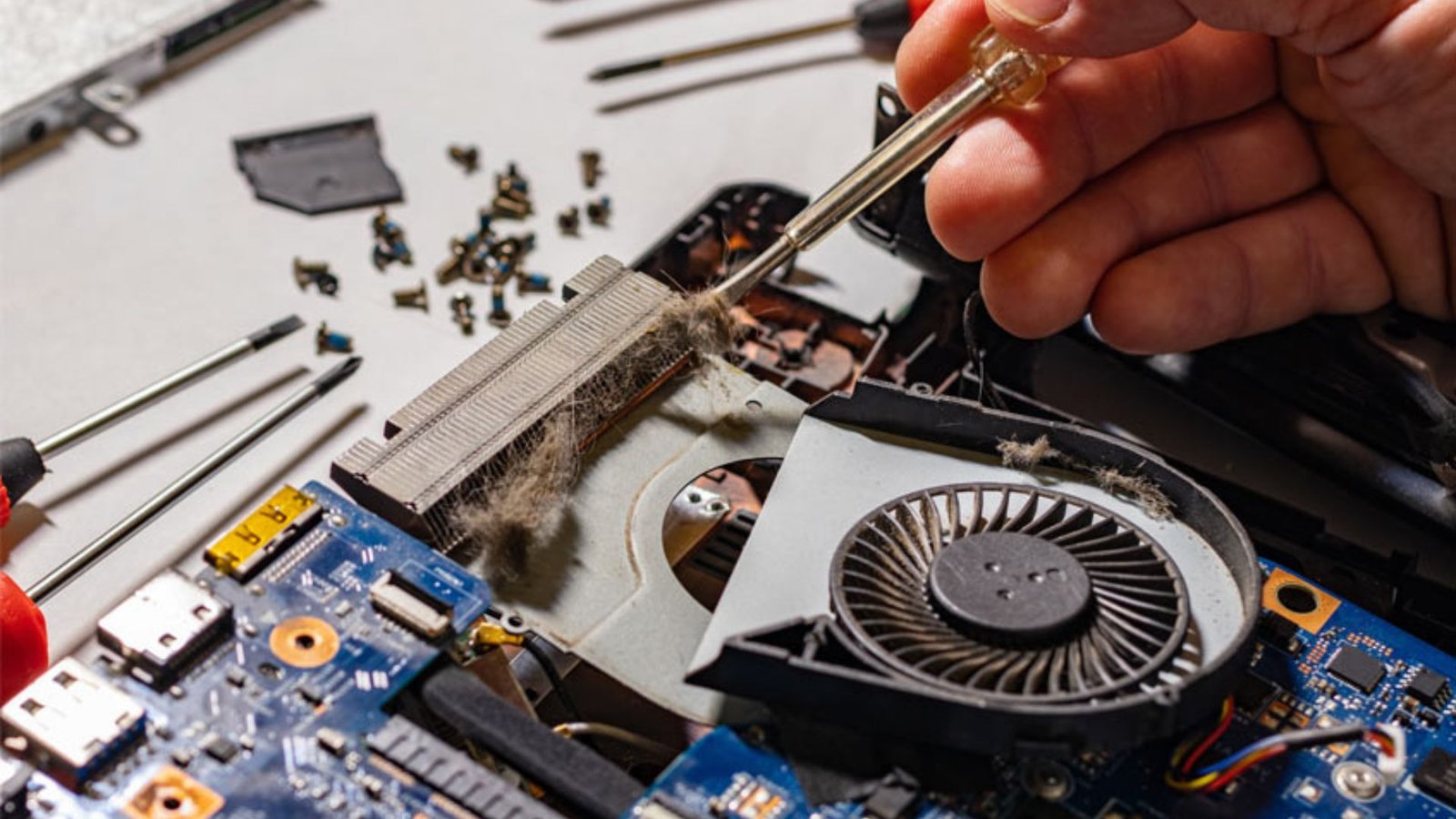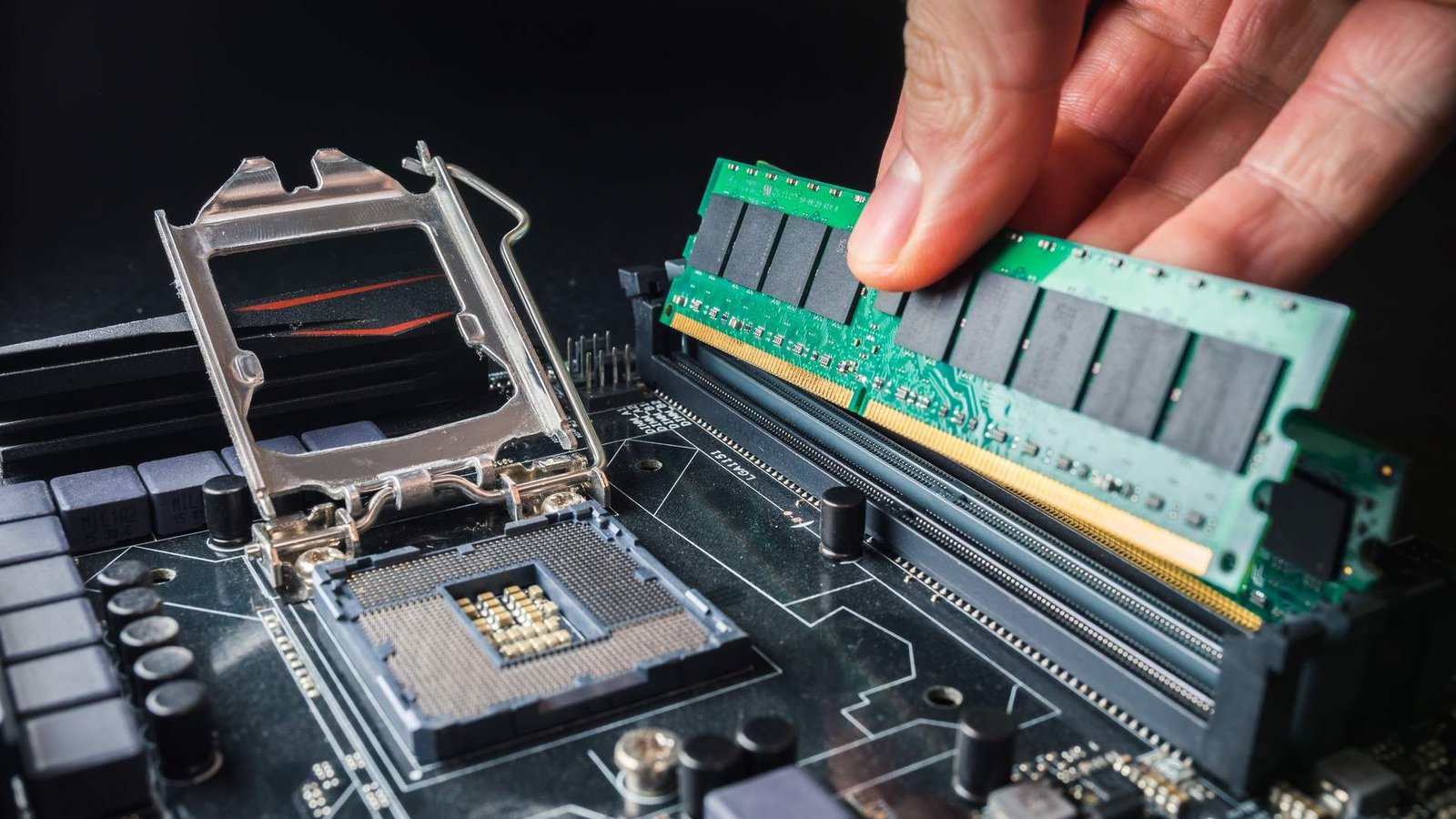Optimizing Your Computer Systems for Peak Performance
At Fleming Multimedia, we understand that efficient and reliable computer systems are crucial for both personal and professional use. Whether you’re managing a home setup or running a small business, optimizing hardware and software can boost productivity and reduce downtime.
Regular maintenance, timely updates, and smart upgrades are key to keeping your systems running smoothly. From improving network security to fine-tuning your operating system, Fleming Multimedia offers expert tips and solutions to help you get the most out of your technology.
Taking a Break with Safe Online Entertainment
After hours of intense computing work, it’s important to unwind and recharge. Many tech users enjoy light online activities during breaks. Exploring casino bonuses can be a fun way to relax responsibly while adding some excitement to your downtime.

1. Regular Software Updates
1.1 Install Updates
- What to Do: Regularly check for and install updates for your operating system, drivers, and software applications.
- Why It Helps: Updates often include security patches, bug fixes, and performance improvements, helping your system stay secure and efficient.
1.2 Manage Software
- What to Do: Uninstall programs you no longer use and keep your software organized.
- Why It Helps: Removing unnecessary programs frees up space and reduces the risk of software conflicts.
2. System Cleanup
2.1 Delete Unnecessary Files
- What to Do: Periodically clear out temporary files, cache, and old documents you don’t need.
- Why It Helps: This frees up storage space and improves system performance.
2.2 Use Disk Cleanup Tools
- What to Do: Utilize built-in or third-party disk cleanup tools to automate the removal of junk files.
- Why It Helps: These tools can efficiently clean your system and optimize storage space.
3. Hardware Maintenance
3.1 Clean Your Computer
- What to Do: Dust off the exterior and interior components of your computer, including fans and vents, using compressed air or a soft brush.
- Why It Helps: Dust buildup can cause overheating and hardware damage. Keeping your computer clean helps maintain proper cooling.
3.2 Check Connections
- What to Do: Ensure that all cables, including power, data, and peripheral connections, are securely plugged in.
- Why It Helps: Loose or disconnected cables can lead to hardware malfunctions or connectivity issues.
4. Backup Data
4.1 Regular Backups
- What to Do: Create regular backups of your important files and system settings using external drives or cloud storage.
- Why It Helps: Regular backups protect your data from loss due to hardware failure, malware, or accidental deletion.
4.2 Test Backups
- What to Do: Occasionally test your backup files to ensure they are complete and accessible.
- Why It Helps: Verifying backups ensures that you can recover your data if needed.
5. Security Measures
5.1 Install Antivirus Software
- What to Do: Use reliable antivirus software to scan for and protect against malware and viruses.
- Why It Helps: Antivirus software helps safeguard your computer from security threats and potential data loss.
5.2 Enable Firewall
- What to Do: Ensure your computer’s firewall is enabled and properly configured.
- Why It Helps: A firewall helps block unauthorized access and protect your computer from external threats.
6. Monitor System Performance
6.1 Check for Slowdowns
- What to Do: Regularly monitor your system’s performance for any signs of slowdowns or errors.
- Why It Helps: Identifying and addressing performance issues early can prevent more serious problems.
6.2 Use Performance Tools
- What to Do: Utilize system monitoring tools to track CPU usage, memory, and disk activity.
- Why It Helps: Performance tools provide insights into potential issues and help optimize system performance.
7. Troubleshooting
7.1 Identify Issues Early
- What to Do: Pay attention to any unusual behavior, such as crashes, freezes, or error messages.
- Why It Helps: Early detection of issues allows for prompt troubleshooting and prevents escalation.
7.2 Seek Professional Help
- What to Do: If you encounter complex problems or hardware issues, consider consulting a professional technician.
- Why It Helps: Professionals can diagnose and repair issues that may be beyond typical user capabilities.
Conclusion
How to maintain a computer system involves regular software updates, system cleanup, hardware maintenance, data backups, security measures, and performance monitoring. By following these practices, you can keep your computer running smoothly, extend its lifespan, and avoid common issues. Regular upkeep ensures that your computer remains efficient and reliable over time.











